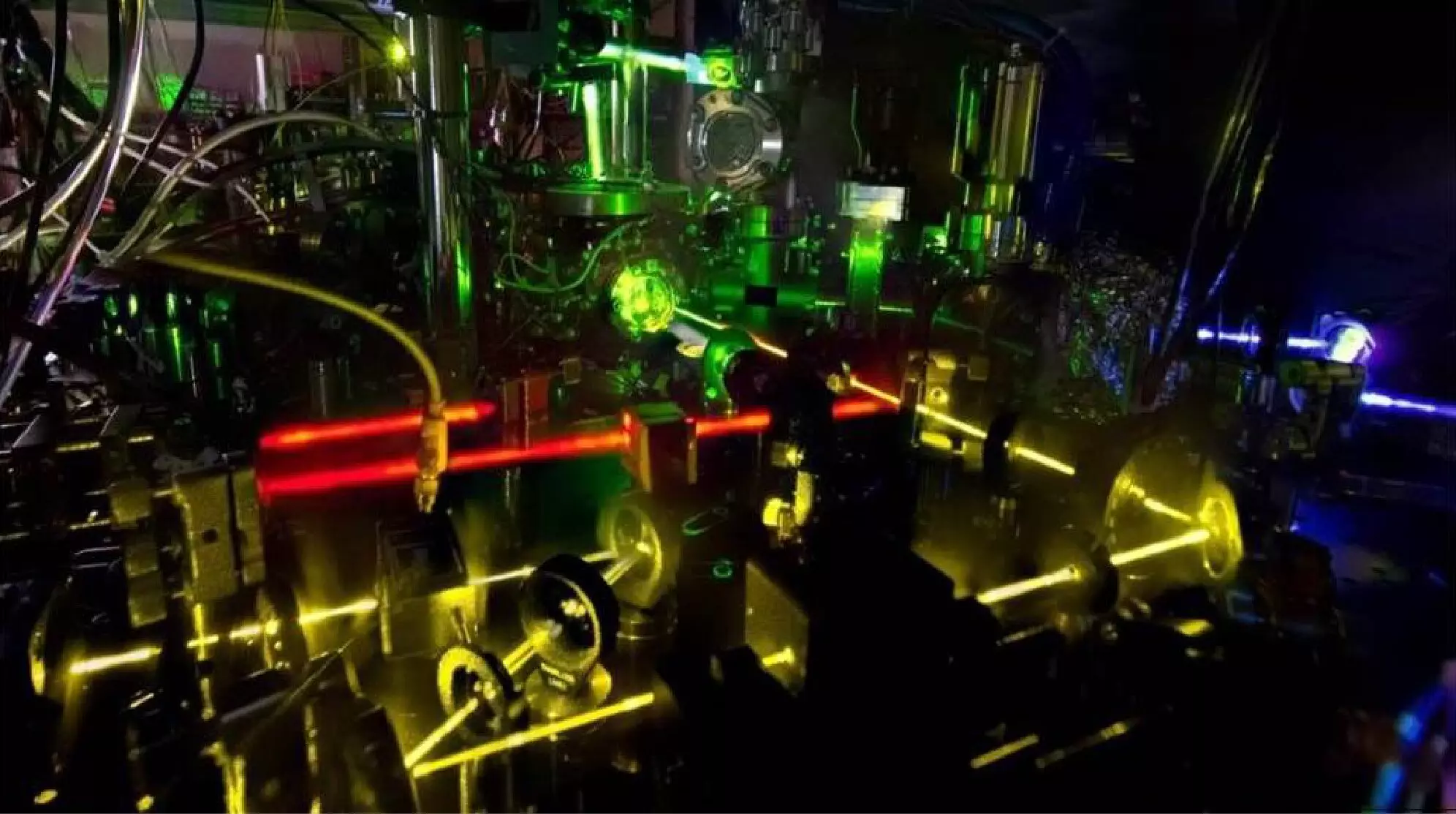In a remarkable leap for precision measurement technologies, researchers from the Neutral Atom Optical Clocks Group at the National Institute of Standards and Technology (NIST), in collaboration with the University of Colorado and Pennsylvania State University, have unveiled a novel sub-recoil Sisyphus cooling technique. This innovative approach, discussed in a recent article published in Physical Review Letters, initially targets the advancement of ytterbium optical lattice clocks but holds promise for various atomic clocks and quantum metrology tools. The significance of this research lies not just in the achievement itself but in its broader implications for the field of high-precision spectroscopy and timekeeping.
Atomic clocks, which can be regarded as the gold standard of timekeeping devices, function by measuring the oscillatory motions of atoms or ions. Frequently, their operations rely on intricately designed high-precision spectroscopy techniques that probe atomic states with astonishing accuracy. Such precision is a prerequisite for achieving the ultra-narrow transition linewidths that help stabilize the frequency of the clocks. Co-author Chun-Chia Chen succinctly captures the historical breadth of high-precision spectroscopy, indicating its relevance across a spectrum of particles—from ordinary atoms and ions to exotic molecules and even anti-matter.
Chen’s assertion hints at a research journey that is both expansive and interdisciplinary. The quest for improving atomic clock precision led to the re-evaluation of existing cooling strategies, including a recent paper on Sisyphus cooling techniques applied to hydrogen and anti-hydrogen systems. This sparked the researchers’ determination to adapt similar methodologies to bolster their optical clock performance.
At the core of the researchers’ success is the strategic application of Sisyphus cooling, which plays a crucial role in pre-experiment sample preparation. This cooling method exploits unique energy level shifts, allowing engineers to precisely position where excitation occurs in the Sisyphus cooling landscape. The researchers effectively created a controlled environment where atoms, when excited, would climb a potential slope, lose kinetic energy, and thus cool down. As Chen describes, “Once excited, atoms lose their kinetic energy by climbing the potential and preferentially exit the potential landscape away from the potential’s minimum.”
This approach effectively reduces atomic temperature, which in turn modifies the trapping conditions for atoms in both the ground and excited states. Such advancements are invaluable for the performance of optical lattice clocks, ensuring that measurement discrepancies following atom excitation are minimized.
Traditionally, efforts in enhancing atomic clock precision have fixated on reducing the potential differences between ground state and excited clock states. However, by introducing a temporary engineered excited state shift that deliberately increased the energy potential difference, the research team discovered a counter-intuitive pathway to improving clock spectroscopy. This paradox highlights a sophisticated understanding of atomic physics and opens up new avenues for experimental design.
The researchers found that these engineered conditions led to a Sisyphus cooling effect that significantly improved atomic samples for high-precision spectroscopy. With lower temperature conditions, they could utilize less intense traps that reduced interference effects on clock performance, thereby yielding more accurate timekeeping.
The groundbreaking results from this research do not merely apply to optical lattice clocks; they resonate throughout the broader landscape of quantum technology development. The new Sisyphus cooling technique is poised to elevate precision in various quantum information processing systems and computing frameworks. As Andrew Ludlow, another co-researcher, notes, “The additional cooling allows us to create atomic ensembles with more uniform conditions inside the magic-wavelength standing-wave laser trap.”
This means that as we push forward into the quantum era—with its promise of innovative technologies—enhanced atomic clocks will play a pivotal role in meeting the demands for supremely accurate timekeeping and synchronization.
Ultimately, the new Sisyphus cooling technique represents a notable advance in the field of atomic clocks, with its foundations laid firmly in fundamental research and innovative engineering methodologies. As researchers at NIST and their collaborators continue to refine their approach and expand its applications, the potential to revolutionize quantum metrology and related technologies remains tantalizingly within reach. In doing so, they not only contribute to the domain of precision timekeeping but also enhance the broader scientific comprehension underlying atomic behavior, paving the way for future breakthroughs.

